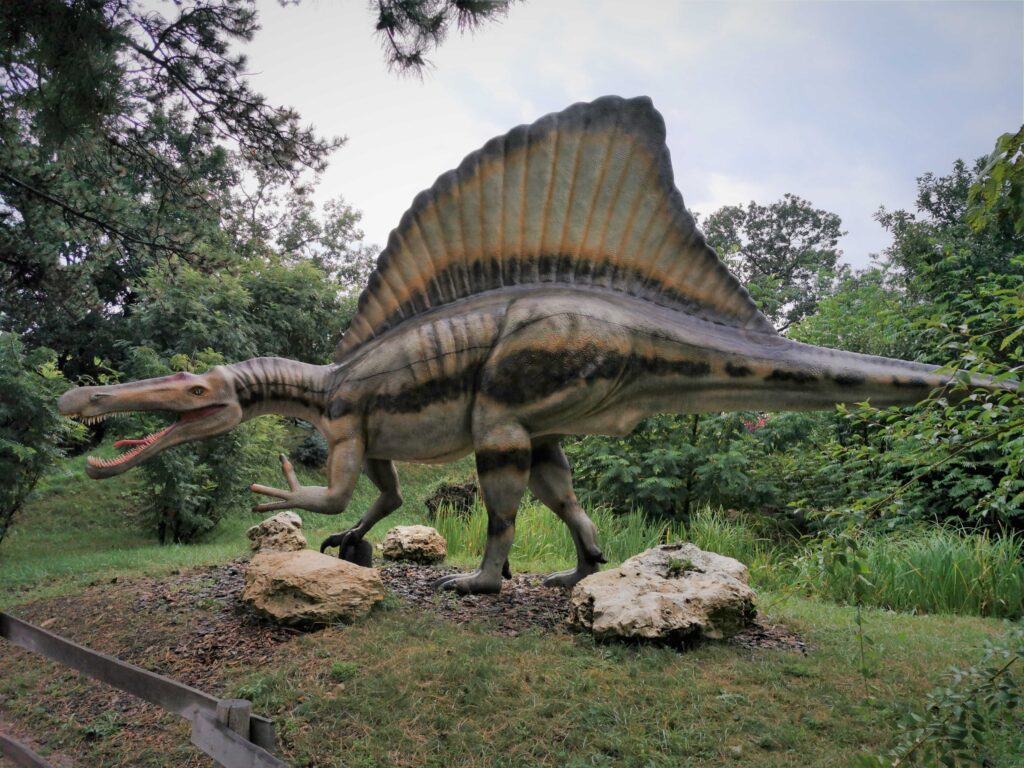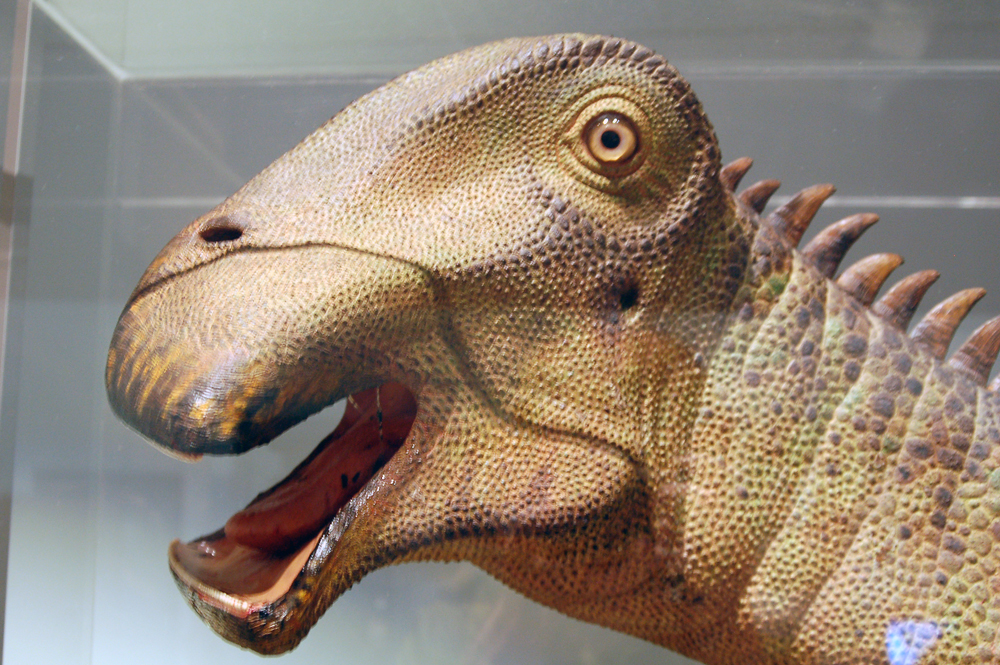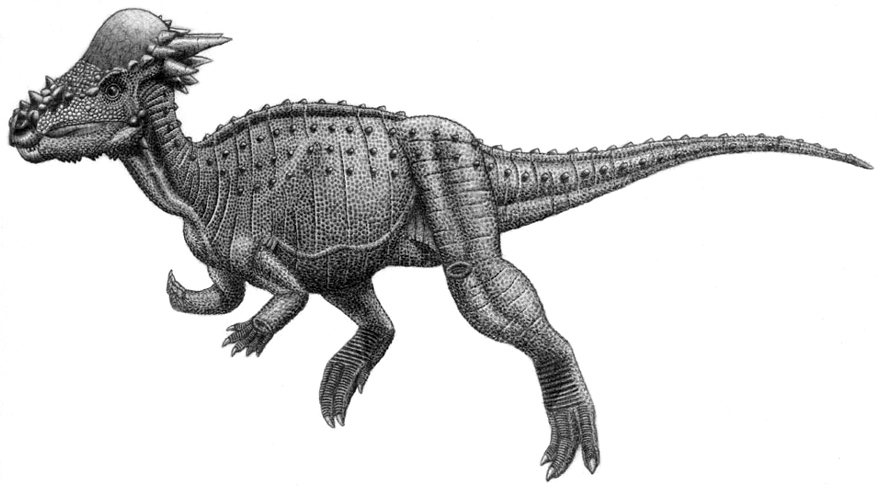Picture a creature so massive it dwarfs modern elephants, with jaws like a crocodile and a towering structure reaching higher than most basketball players. This isn’t the stuff of fantasy films. This is Spinosaurus, a real dinosaur that roamed North Africa roughly one hundred million years ago, challenging everything scientists thought they knew about prehistoric predators.
This massive theropod lived in what is now North Africa during the Cenomanian stage of the Late Cretaceous period, approximately 100 to 94 million years ago. For decades, Spinosaurus has been a subject of intense scientific scrutiny, with its unique anatomy leading to continuous debates about its size, locomotion, and, most famously, its relationship with water.
The Giant That Time Almost Forgot
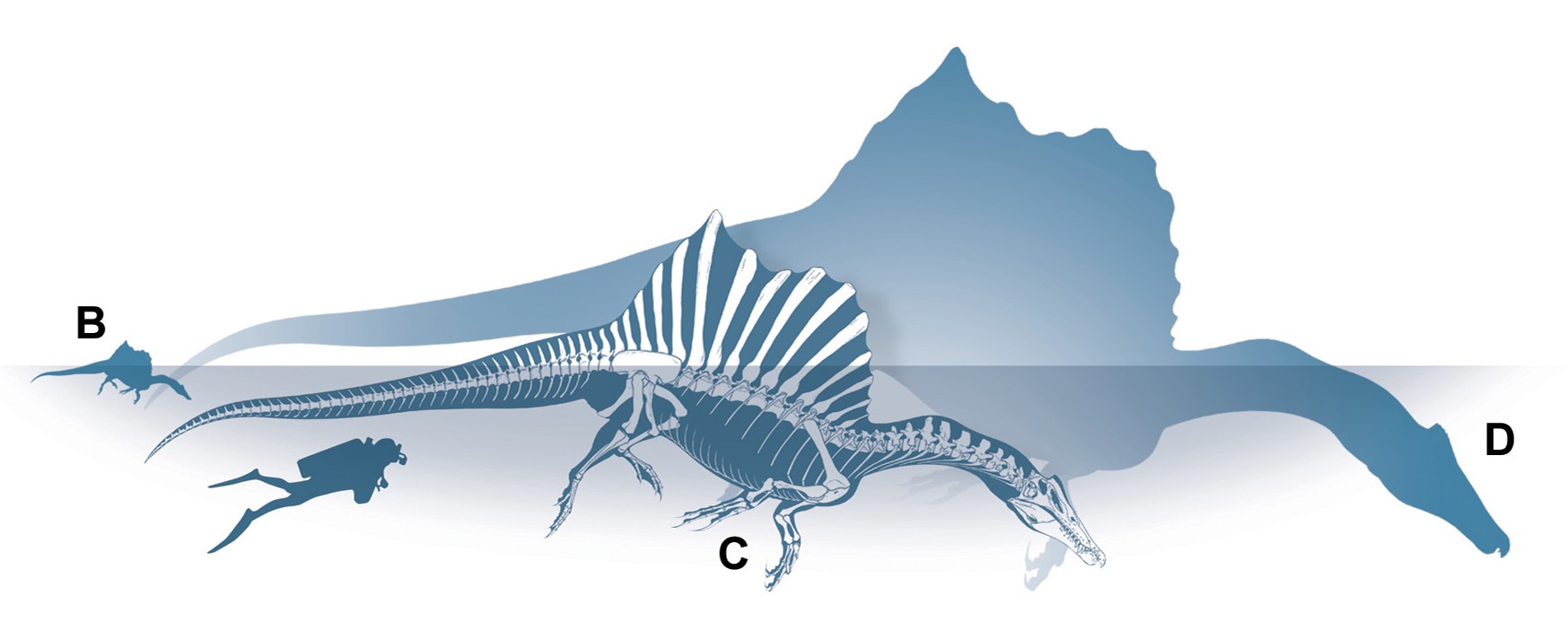
The story of Spinosaurus begins like something out of an adventure novel. German paleontologist Ernst Stromer described these initial findings in 1915 and formally named the new genus and species Spinosaurus aegyptiacus, meaning “Egyptian spine lizard.” Yet this discovery nearly vanished from history forever.
Unfortunately, the original fossils – comprising much of the known skeleton – were destroyed during a 1944 Allied bombing raid on Munich. For decades, scientists could only dream about this mysterious giant based on Stromer’s drawings and notes. The creature that might have been the largest predatory dinosaur ever was reduced to sketches and memories.
A Prehistoric Monster of Unimaginable Scale
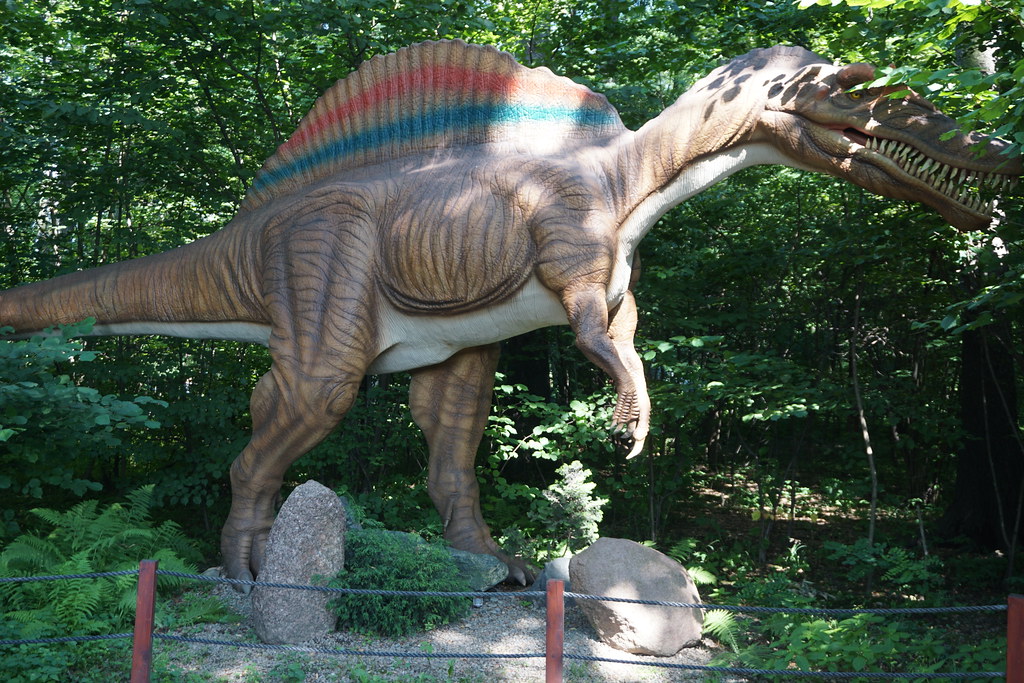
Just how big was Spinosaurus? The numbers are staggering. The most recent study suggests that S. aegyptiacus could have reached 14 m (46 ft) in length and 7.4 t (8.2 short tons) in body mass. To put that in perspective, this dinosaur was longer than a city bus and heavier than several African elephants combined.
“We believe it was about 7 tons – or one ton more than a bull African elephant,” Nathan Myhrvold, one of the authors of the latest PLOS ONE study with Intellectual Ventures, told Newsweek. Yet size wasn’t this creature’s most remarkable feature. That honor belongs to the towering structure rising from its back.
The Magnificent Sail That Defied Logic
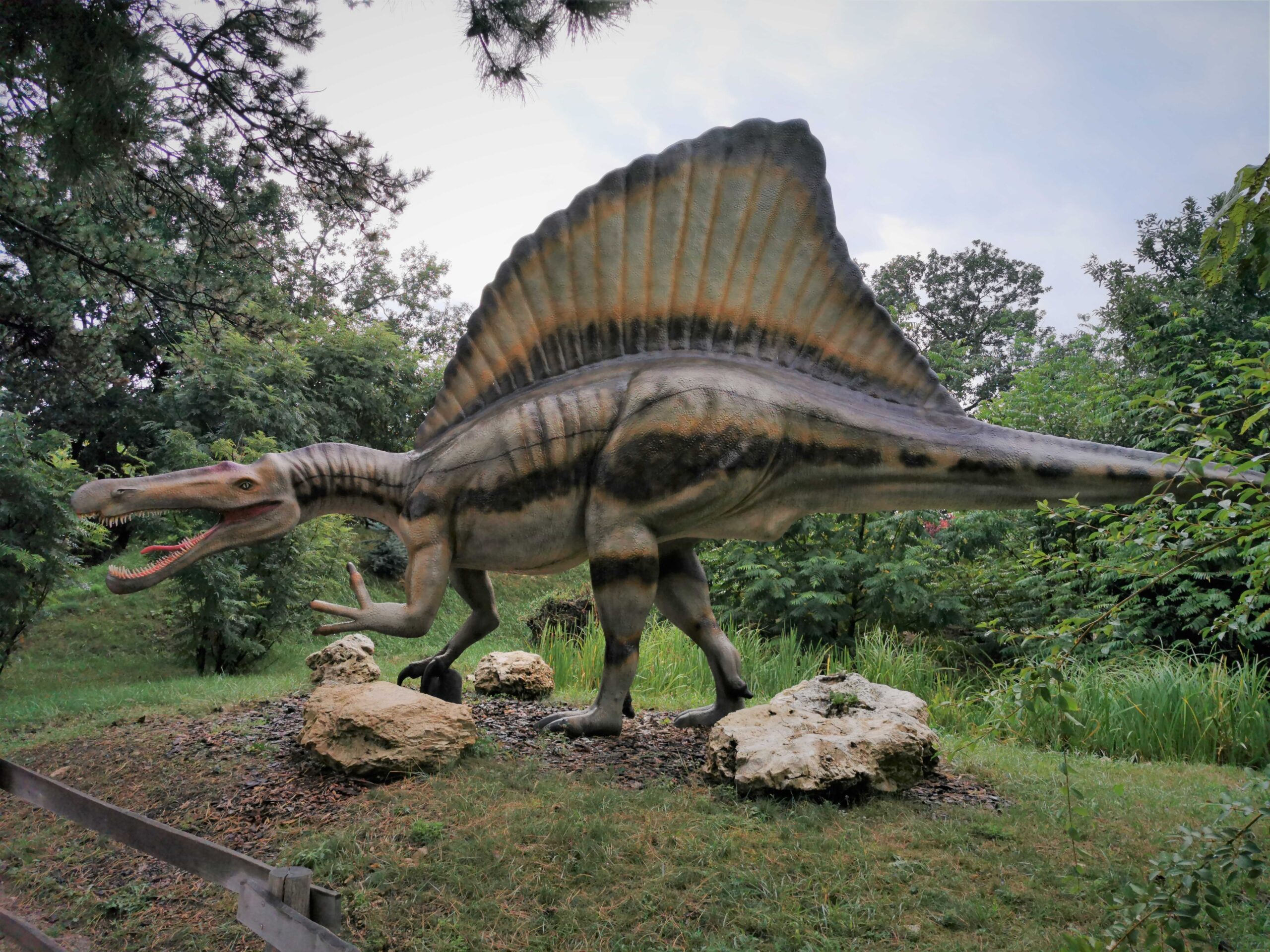
Very tall neural spines growing on the back vertebrae of Spinosaurus formed the basis of what is usually called the animal’s “sail”. The lengths of the neural spines reached over 10 times the diameters of the centra (vertebral bodies) from which they extended. Imagine bones stretching upward like the masts of a sailing ship, some reaching nearly six feet in height.
These weren’t flimsy extensions either. Rising from its back was a magnificent sail, reaching nearly six feet in height. This wasn’t merely a flap of skin but was supported by a bone scaffold, hinting at its importance in Spinosaurus’s life. The structure was so prominent that it would have been visible from miles away, making stealth impossible for this giant predator.
A Head Built for Underwater Hunting
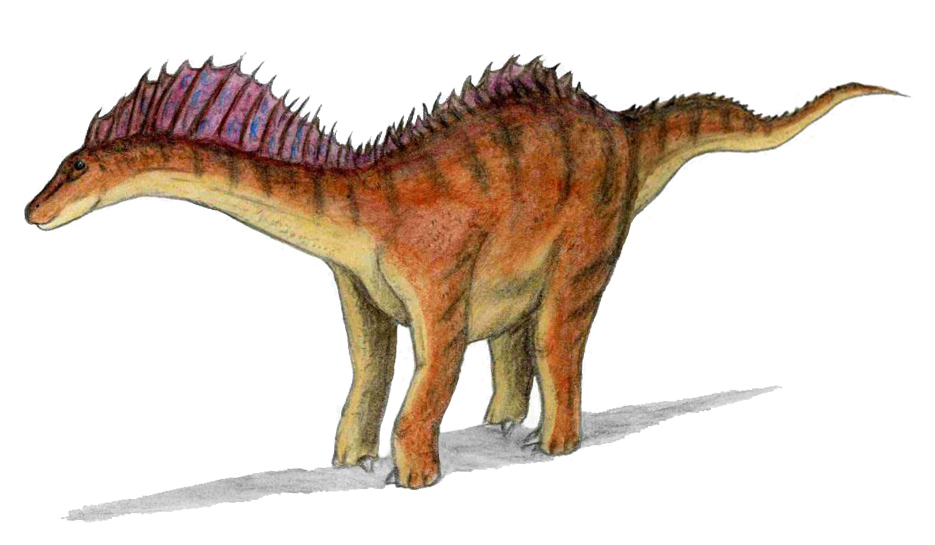
While the sail grabbed attention, Spinosaurus possessed other equally fascinating features. The skull of Spinosaurus was long, low, and narrow, similar to that of a modern crocodilian, and bore straight conical teeth with few to no serrations. This wasn’t the typical setup for a land-based dinosaur predator.
The elongated snout featured more than 100 rostral neurovascular foramina, through which probably integumentary mechanoreceptors were connected with the complexly branched trigeminal nerve. They may have formed a passive “sonar” structure, which is also known from pliosauroids and extant crocodilians and would have enabled Spinosaurus to sense prey movements in water. This creature was essentially a living submarine detector, perfectly designed for aquatic hunting.
The Aquatic Lifestyle Revolution
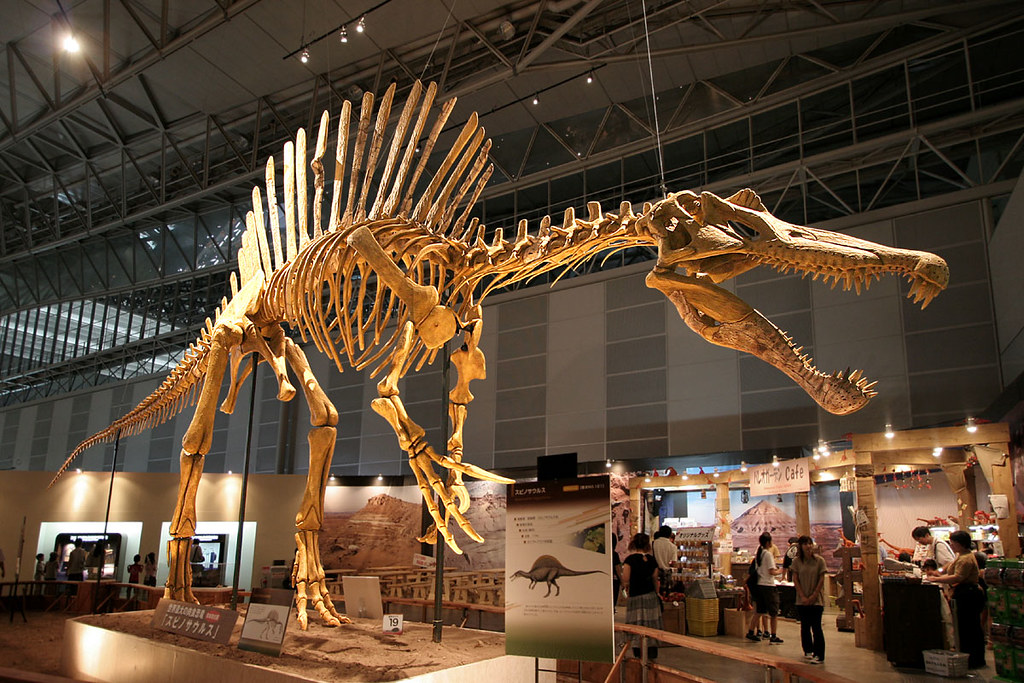
For decades, scientists imagined Spinosaurus as just another land-dwelling giant. Then everything changed. When detailed descriptions of a nearly complete specimen of Spinosaurus were first published in Science in 2014, a UChicago research team, co-led by Paul Sereno, PhD, Professor of Organismal Biology and Anatomy, pitched it as the first truly semiaquatic dinosaur, with muscular hind legs and webbed feet used for paddling and a flexible, undulating tail.
The evidence was overwhelming. Its long and narrow tail was deepened by tall, thin neural spines and elongated chevrons, forming a flexible fin or paddle-like structure. This wasn’t a creature designed for chasing prey across open plains. This was a river monster, perfectly adapted for life in ancient waterways.
The Great Debate Over Swimming Abilities
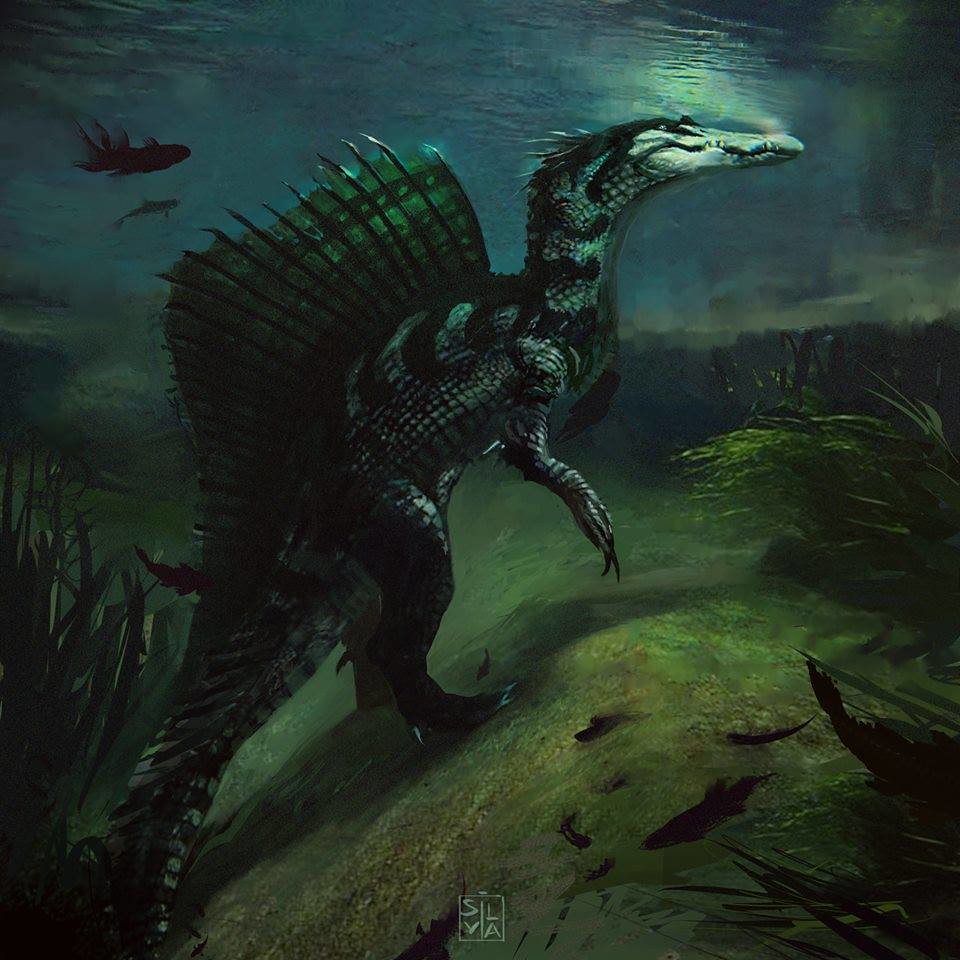
Scientists love a good argument, and Spinosaurus has provided one of paleontology’s biggest controversies. Spinosaurus was among the largest predators ever to prowl the Earth and one of the most adapted to water, but was it an aquatic denizen of the seas, diving deep to chase down its meals, or a semiaquatic wader that snatched prey from the shallows close to shore?
“We find no evidence from bone density to suggest that Spinosaurus was anything other than what we have judged from many other lines of evidence in previous research – a semiaquatic, fish-eating predator that haunted shorelines and shallow water ambushing prey of all sizes,” Paul Sereno, another author of the PLOS ONE study with the University of Chicago, told Newsweek. “This has fueled a lot of controversy about how Spinosaurus lived – was it a fast swimming predator that chased fish like a sea lion? Or was it an ambush predator at the water’s edge, grasping with its clawed hands like a giant version of a brown bear chasing salmon, or plunging its head into water like a 7-ton heron from hell?”
The Mystery of the Sail’s True Purpose
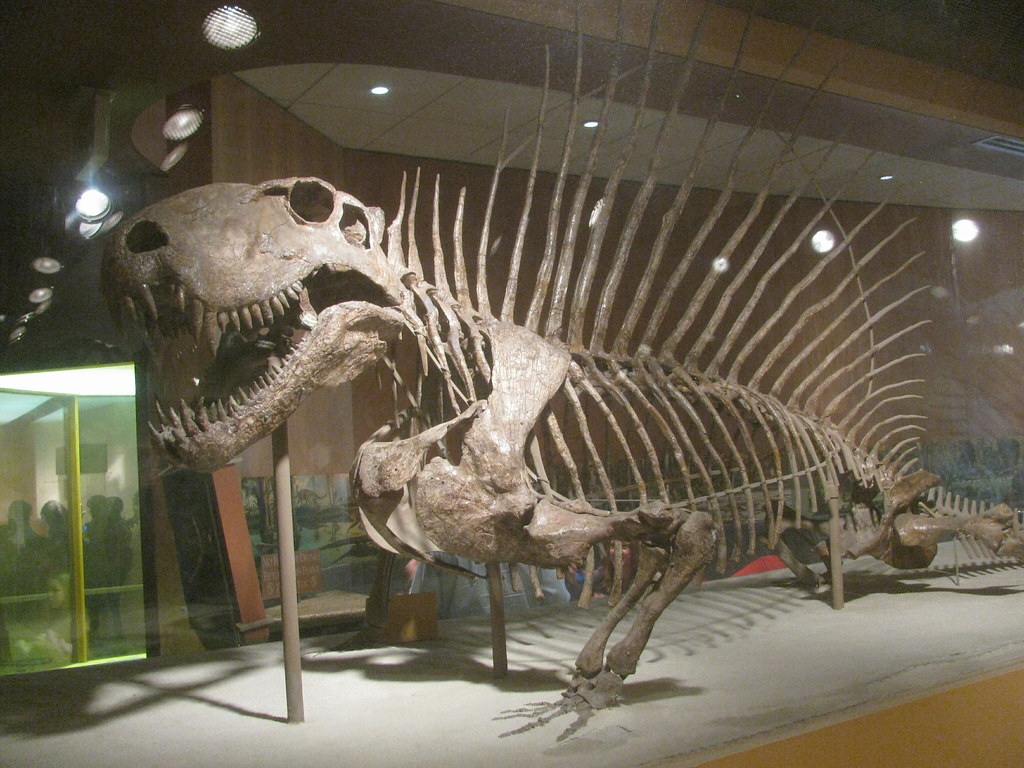
What was that massive sail actually for? The theories are as varied as they are fascinating. Multiple functions have been put forward for the dorsal sail, including thermoregulation and display; either to intimidate rivals or attract mates. Imagine a creature using its sail like a massive billboard, advertising its presence to potential mates or warning rivals to stay away.
Some researchers propose even more dramatic uses. They therefore argue that Spinosaurus used its dorsal neural sail in the same manner as sailfish, and that it also employed its long narrow tail to stun prey like a modern thresher shark. Sailfish employ their dorsal fins for herding schools of fish into a “bait ball” where they cooperate to trap the fish into a certain area where the sailfish can snatch the fish with their bills. The idea of a dinosaur using cooperative hunting tactics with its sail is mind-boggling.
Modern Science Challenges Old Ideas
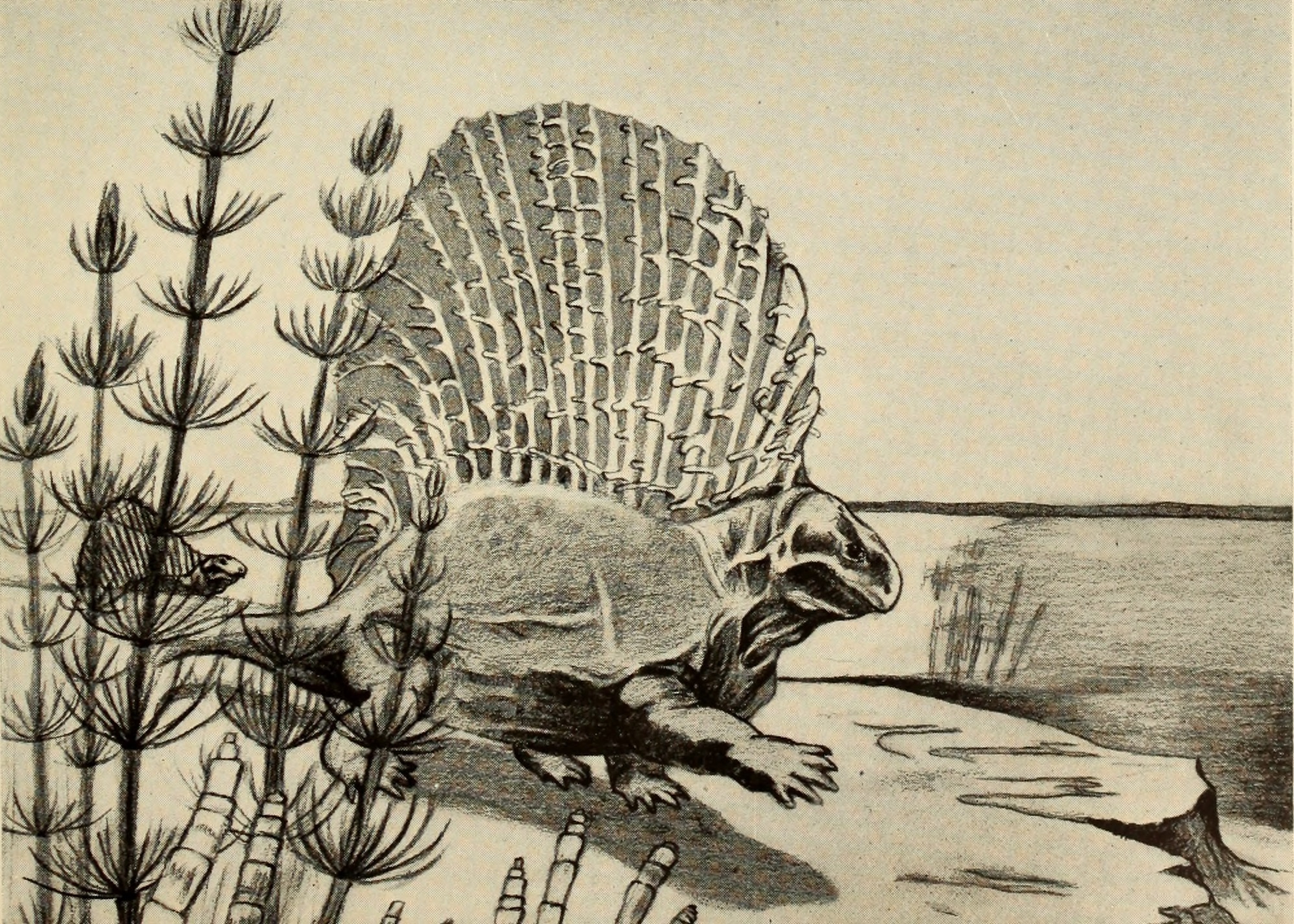
Recent research has shaken up long-held beliefs about this prehistoric giant. Their results, published in eLife, found that both species would have been unstable when swimming at the surface and far too buoyant to dive and fully submerge. Now that same team has taken on the question of bone density, led by senior author Paul Sereno, Ph.D., from UChicago and first author Nathan Myhrvold, Ph.D., Founder and CEO of Intellectual Ventures.
The research team, which included Paul Sereno (University of Chicago), propose that Spinosaurus aegyptiacus probably could not dive. Instead, it may have waded in water around two metres deep, without floating. This permitted it to ambush fish with its huge claws and elongated jaws. The image of a massive dinosaur wading through ancient rivers like a gigantic heron is both beautiful and terrifying.
Conclusion
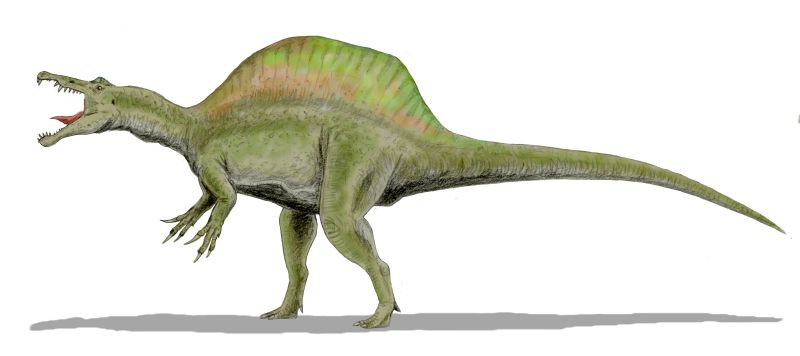
Spinosaurus remains one of paleontology’s greatest puzzles, a creature so unique it seems almost impossible. From its towering sail to its crocodile-like skull, every feature challenges our understanding of what a dinosaur could be. From a lost fossil to a paleontological icon, Spinosaurus highlights the dynamic nature of scientific discovery. Each new fossil fragment and technological advance adds another piece to its complex puzzle, forcing scientists to constantly re-evaluate how this magnificent creature lived. The ongoing debates ensure that Spinosaurus will remain a fascinating subject of research for years to come.
Whether it was a diving predator or a wading giant, one thing remains certain: Spinosaurus was unlike anything that walks the Earth today. In a world filled with incredible dinosaurs, this sail-backed monster stands alone as nature’s most magnificent experiment. What other secrets might this ancient giant reveal as science continues to unlock its mysteries?

